Hie thee to Oxford, for it is doubtful that we will see the like of this exhibition again this side of the Atlantic. American art of the 1920s and 1930s was once disregarded in its homeland in favour of Francophile superiority, and once it fell into critical and commercial favour it became too expensive to move around at the beckoning of would-be international hosts.
But the Ashmolean is – bolstered, too, by its nearly breaking the million-visitor mark last year – a master at barter: as the repository of more Michelangelo drawings than anywhere else, its loans made the Michelangelo exhibition at the Metropolitan Museum last year an unmissable and unrepeatable top of the Renaissance pops, and opened the door, courtesy of support from Chicago’s Terra Foundation with its collection and financial clout, to unprecedented and unrepeatable loans (including from the Metropolitan) for this unprecedented show.
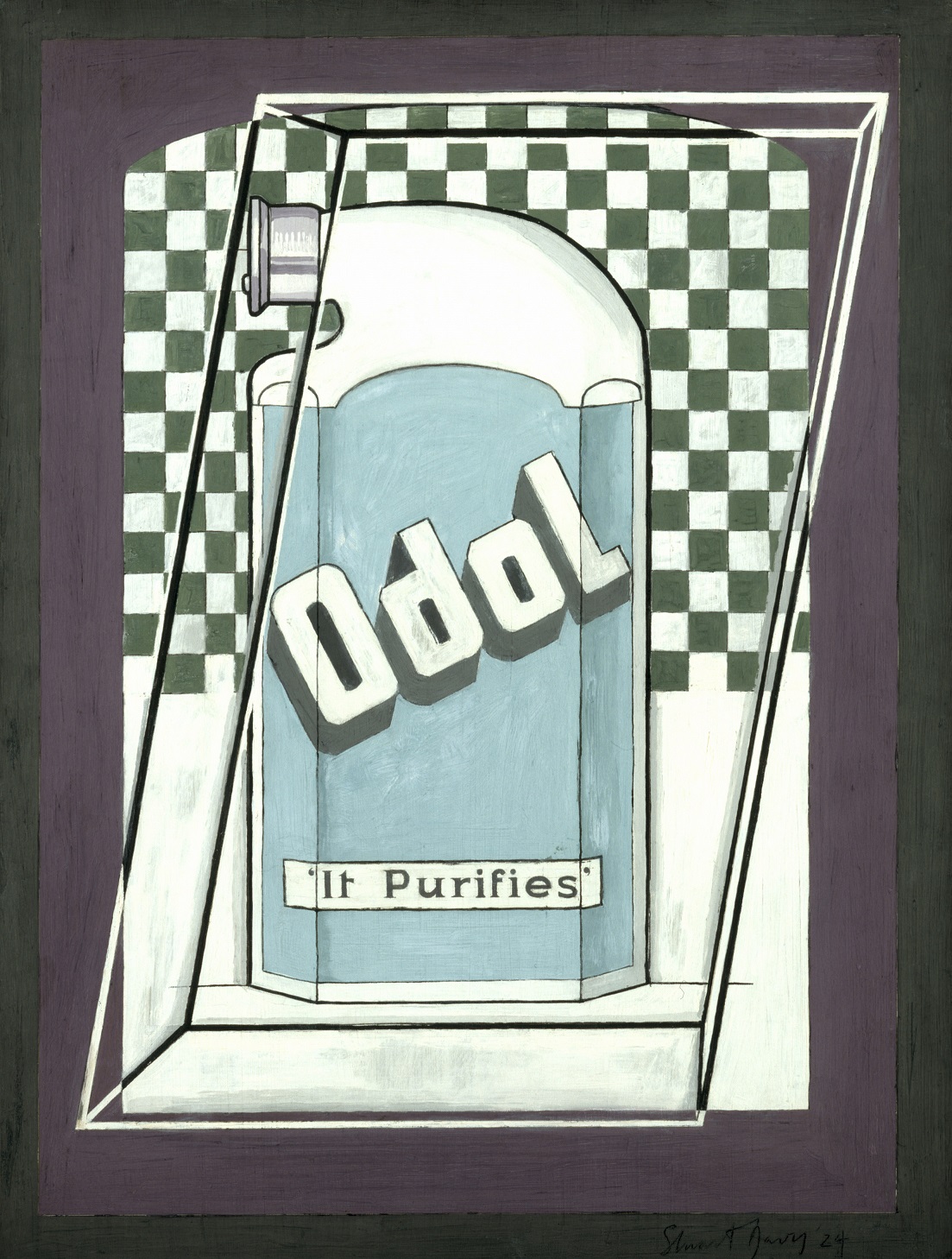 Yes, we have had retrospectives of, say, Georgia O’Keeffe and Edward Hopper (who give America’s Cool Modernism its subtitle), or Paul Strand in London in recent years. But here we see the wider context, with over 90 paintings, prints and photographs by some 40 artists, some household names, some even now little-known.
Yes, we have had retrospectives of, say, Georgia O’Keeffe and Edward Hopper (who give America’s Cool Modernism its subtitle), or Paul Strand in London in recent years. But here we see the wider context, with over 90 paintings, prints and photographs by some 40 artists, some household names, some even now little-known.
Louis Lozowick, Helen Torr, George Ault, Howard Norton Cook, Jolán Gross-Bettelheim, George Josimovich, Paul Kelpe, Arnold Rönnebeck, Morton Livingston Schambeck, Benton Murdoch Spruance, Niles Spencer: they hardly come instantly to mind as significant artists of the interwar years, yet the work on view here is impressive, intelligent and captivating. Hardly any of those featured here were native New Yorkers, with a significant proportion of them immigrants, mostly from Germany, Eastern Europe and Russia; almost all were extensively educated, and those born in America had travelled to Europe. These are not naïve artists, rather the opposite. They knew each other too, with several significant couples: Arthur Dove and Helen Torr, Stieglitz and O’Keeffe.
How they dealt with their chosen subject matter is hypnotically compelling, mostly with flat paint and unmodulated colour, and striking compositions based on a kind of found geometry. Not for nothing did the visual idiom deployed by, say, Charles Sheeler (also a gifted photographer) come to be called Precisionism. Here are recognisable scenes which are also abstracted, precise in their definition of skyscrapers, factories and towers that are phallic and powerful, seemingly devoid of emotion in their sharp overall focus, not a blurred outline to be seen.
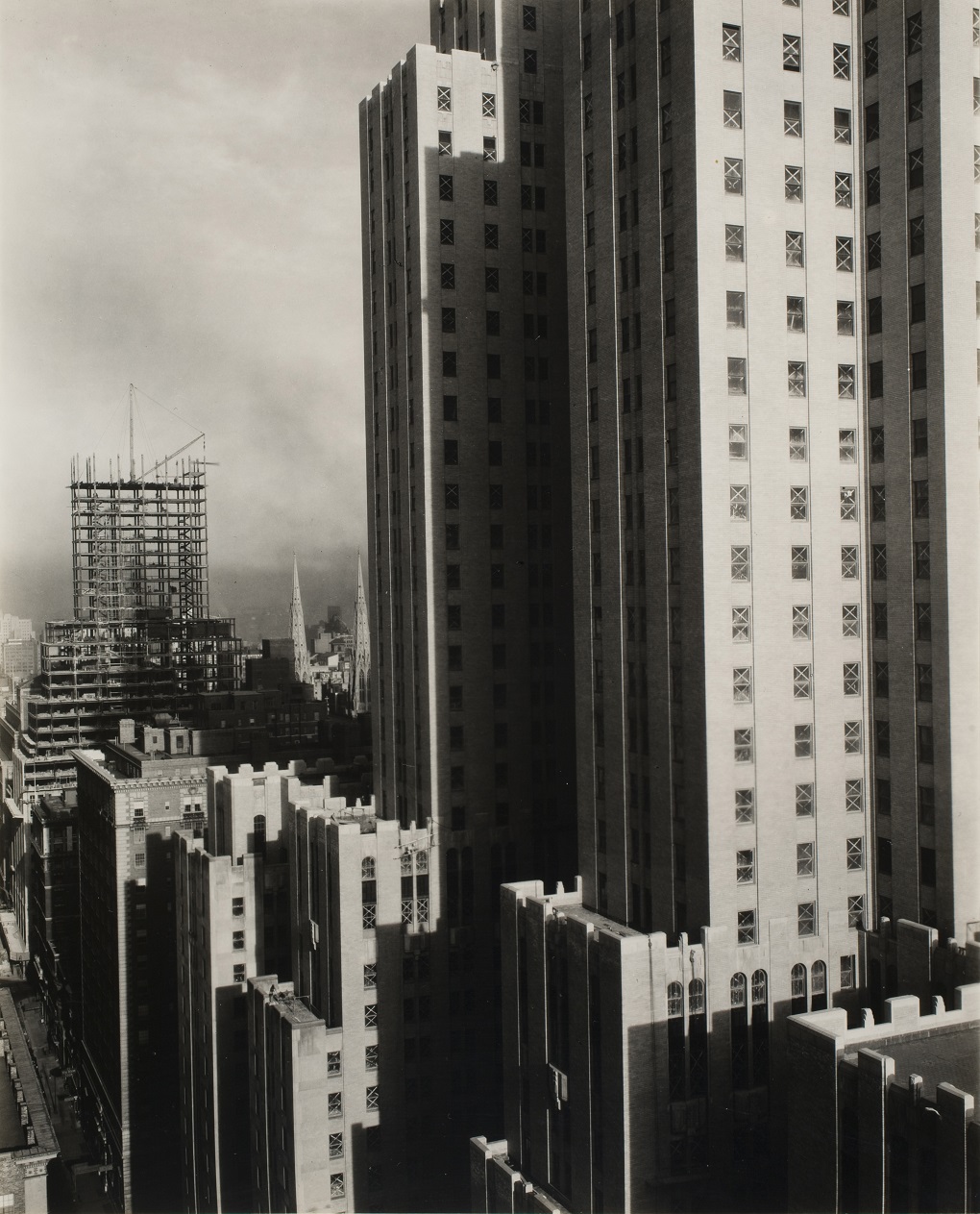 Even the smoke from the chimney in George Ault’s atmospheric twilight Hoboken Factory is schematic, as is his View from Brooklyn, a vista of warehouses with the skyscrapers of Manhattan beyond, overarched by piled-up clouds. But these images are not remote or, even in the catchy title for the show, cool; rather they seem full of a kind of repressed emotion, with a fascination to find a pattern that will make some kind of sense in such a rapidly changing society. Sometimes the focus is even on individual industrial components: in Gross-Bettelheim’s lithograph of Bridge Cables, as dizzying as a Piranesi; Paul Landacre’s view of a piece of machinery; or Paul Strand’s admiring tribute to a complicated camera, Akeley Motion Picture Camera.
Even the smoke from the chimney in George Ault’s atmospheric twilight Hoboken Factory is schematic, as is his View from Brooklyn, a vista of warehouses with the skyscrapers of Manhattan beyond, overarched by piled-up clouds. But these images are not remote or, even in the catchy title for the show, cool; rather they seem full of a kind of repressed emotion, with a fascination to find a pattern that will make some kind of sense in such a rapidly changing society. Sometimes the focus is even on individual industrial components: in Gross-Bettelheim’s lithograph of Bridge Cables, as dizzying as a Piranesi; Paul Landacre’s view of a piece of machinery; or Paul Strand’s admiring tribute to a complicated camera, Akeley Motion Picture Camera.
Charles Sheeler’s photograph, New York, Towards the Woolworth Building, is a city as never before, buildings almost like geological building blocks, man-made vertical mountains pared into slender towers reaching skyward. These views are absolutely new for cities: here is Alfred Stieglitz – the gallerist who brought the European avant-garde to New York, himself a photography of genius who published the journal Camerawork, and O’Keeffe’s consort – with his enthralling homage From my window at the Shelton West (pictured above: © George Eastman Museum, Rochester, New York): however many floors up his window was, there were higher buildings just beyond. Berenice Abbott contributes a vertiginous Canyon, Broadway and Exchange Place, Manhattan. Strand and Sheeler’s collaborative day-in-the-life 10-minute avant-garde film Manahatta vividly encapsulates New York life, the moving images interspersed with optimistic quotations from Walt Whitman.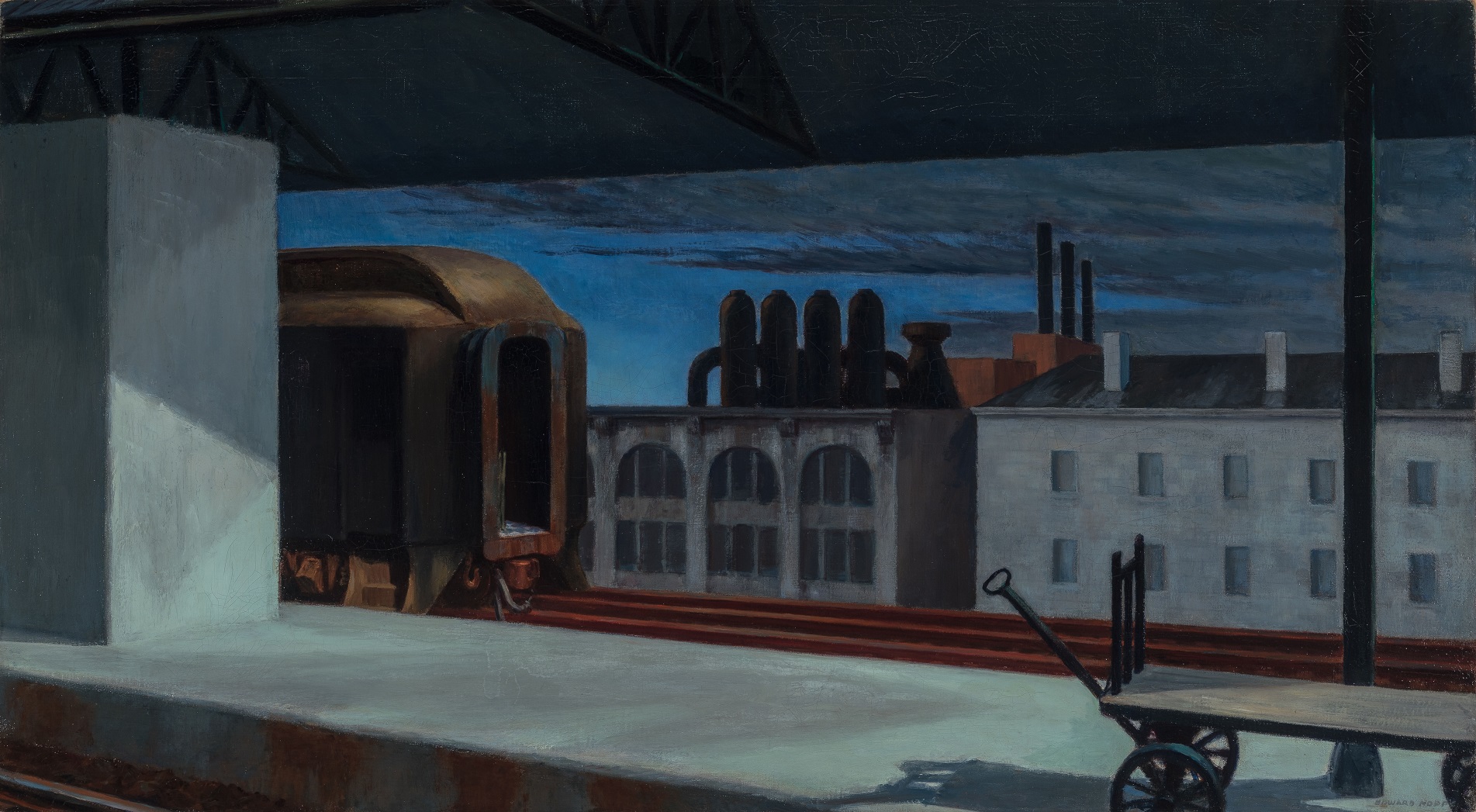 Images from the industrial heartlands of Pittsburgh and Ohio and Minneapolis are here too, in photographs from Edward Weston, George Coster and Louis Lozowick. Even farm buildings can have an awesome monumental character, in Benton Murdoch Spruance’s American Pattern - Barn, Ralston Crawford’s Smith Silo and Buffalo Grain Elevators, and even Charles Sheeler’s oddly tender 1940 Bucks County Barn, a subject both for print and painting. Grant Wood’s print, Fertility, of a cornfield set against a farm building, a barn and a silo is truly surprising in its burgeoning sexual energy.
Images from the industrial heartlands of Pittsburgh and Ohio and Minneapolis are here too, in photographs from Edward Weston, George Coster and Louis Lozowick. Even farm buildings can have an awesome monumental character, in Benton Murdoch Spruance’s American Pattern - Barn, Ralston Crawford’s Smith Silo and Buffalo Grain Elevators, and even Charles Sheeler’s oddly tender 1940 Bucks County Barn, a subject both for print and painting. Grant Wood’s print, Fertility, of a cornfield set against a farm building, a barn and a silo is truly surprising in its burgeoning sexual energy.
They are all, in one degree or another, in thrall to the curious unease of the modern industrial city, the city as never before, growing like Topsy, dwarfing the very people who created, designed and built it, and lived within it. These artists invented idioms of their own to deal with both skyscrapers and the burgeoning growth of logos, advertising and the consumer society (top picture: Stuart Davis, Odol, 1924, Museum of Modern Art, New York). Perhaps these are the first American artists who did not pay homage to Europe, but looked within to their own country and its distinctive invention of a new urbanity. Yet there is a fascination, too, with natural forms, as in Imogen Cunningham’s photographs of magnolias and lilies, almost shocking in their sensuality.
 Much goes beyond observation into brilliant interpretation, into emotion and reaction poured into visual form. There is an ecstatic paean to pattern in Charles Demuth’s 1928 painting I Saw the Figure 5 in Gold (pictured right, © Metropolitan Museum of Art, New York). It is a tribute to the sight and sound of a red fire engine racing down the street as immortalised in a remarkable poem by William Carlos Williams, and as an abstract portrait of the writer, a painting in oil, gold leaf, pencil and ink that is both ferocious and beautiful in its energy. There is distillation too in abstract patterning, in Paul Kelpe’s Machinery (Abstract #2), and George Josimovich’s Illinois Central (main picture). Manufacturing, making through industrial means, was still new enough nearly a century ago to exude a rough romanticism, a sense of awed celebration as well as a subtle, worried fear.
Much goes beyond observation into brilliant interpretation, into emotion and reaction poured into visual form. There is an ecstatic paean to pattern in Charles Demuth’s 1928 painting I Saw the Figure 5 in Gold (pictured right, © Metropolitan Museum of Art, New York). It is a tribute to the sight and sound of a red fire engine racing down the street as immortalised in a remarkable poem by William Carlos Williams, and as an abstract portrait of the writer, a painting in oil, gold leaf, pencil and ink that is both ferocious and beautiful in its energy. There is distillation too in abstract patterning, in Paul Kelpe’s Machinery (Abstract #2), and George Josimovich’s Illinois Central (main picture). Manufacturing, making through industrial means, was still new enough nearly a century ago to exude a rough romanticism, a sense of awed celebration as well as a subtle, worried fear.
People are ever present in their absence, for practically all on view – urban landscapes and buildings – is man-made. And people do appear, almost as afterthoughts, in Hopper – a single figure in a window in a façade of multi-levelled terraced buildings in From Williamsburg Bridge, or seen from above scurrying through the dark in Night Shadows.(Pictured above, horizontal: Edward Hopper, Dawn in Pennsylvania, 1942, Terra Foundation for American Art, Daniel J. Terra Collection, Chicago)
We have here in beguiling visual form the beginning of the contradictions of the so-called “American Century”, its optimism and pessimism melded together, perhaps hinting, too – in the future to come, the time that we are now witnessing – at its unravelling.

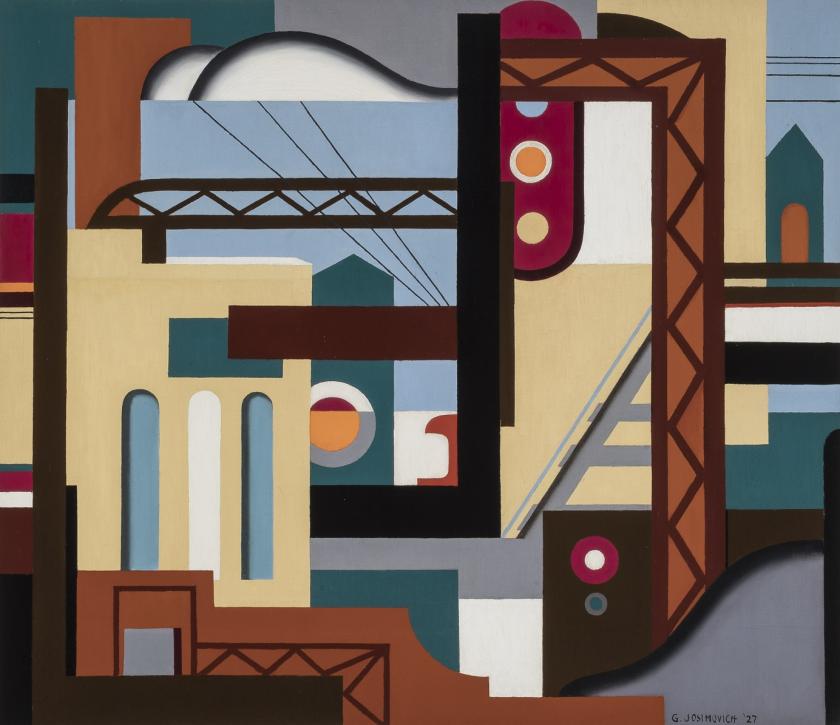


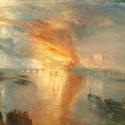





![SEX MONEY RACE RELIGION [2016] by Gilbert and George. Installation shot of Gilbert & George 21ST CENTURY PICTURES Hayward Gallery](/sites/default/files/styles/thumbnail_125_x_125_/public/mastimages/Gilbert%20%26%20George_%2021ST%20CENTURY%20PICTURES.%20SEX%20MONEY%20RACE%20RELIGION%20%5B2016%5D.%20Photo_%20Mark%20Blower.%20Courtesy%20of%20the%20Gilbert%20%26%20George%20and%20the%20Hayward%20Gallery._0.jpg?itok=3oW-Y84i)




Add comment